Staphylococcus aureus Secreted Toxins and Extracellular Enzymes
- PMID: 30873936
- PMCID: PMC6422052
- DOI: 10.1128/microbiolspec.GPP3-0039-2018
Staphylococcus aureus Secreted Toxins and Extracellular Enzymes
Abstract
Staphylococcus aureus is a formidable pathogen capable of causing infections in different sites of the body in a variety of vertebrate animals, including humans and livestock. A major contribution to the success of S. aureus as a pathogen is the plethora of virulence factors that manipulate the host's innate and adaptive immune responses. Many of these immune modulating virulence factors are secreted toxins, cofactors for activating host zymogens, and exoenzymes. Secreted toxins such as pore-forming toxins and superantigens are highly inflammatory and can cause leukocyte cell death by cytolysis and clonal deletion, respectively. Coagulases and staphylokinases are cofactors that hijack the host's coagulation system. Exoenzymes, including nucleases and proteases, cleave and inactivate various immune defense and surveillance molecules, such as complement factors, antimicrobial peptides, and surface receptors that are important for leukocyte chemotaxis. Additionally, some of these secreted toxins and exoenzymes can cause disruption of endothelial and epithelial barriers through cell lysis and cleavage of junction proteins. A unique feature when examining the repertoire of S. aureus secreted virulence factors is the apparent functional redundancy exhibited by the majority of the toxins and exoenzymes. However, closer examination of each virulence factor revealed that each has unique properties that have important functional consequences. This chapter provides a brief overview of our current understanding of the major secreted virulence factors critical for S. aureus pathogenesis.
Figures

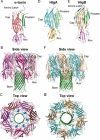

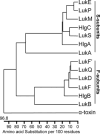


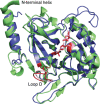
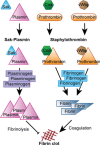


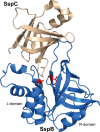


References
Publication types
MeSH terms
Substances
Grants and funding
LinkOut - more resources
Full Text Sources
Other Literature Sources
Medical
Molecular Biology Databases

